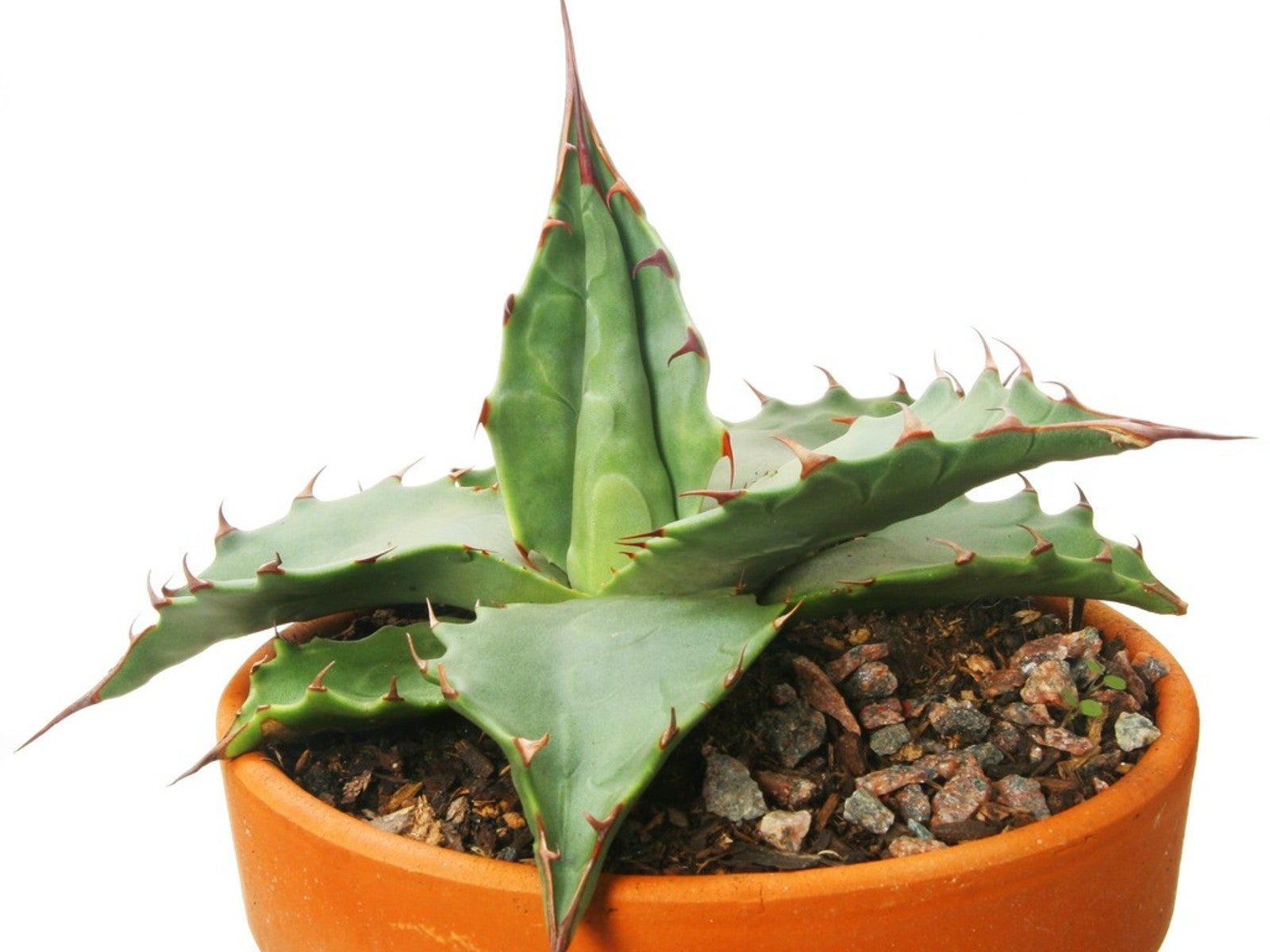How To Propagate Agave: Instructions And Tips For Agave Propagation


Agaves are versatile and attractive plants which can lend a tropical air to interiors and serve as an architectural landscape plant outdoors. It's easy to understand why these plants are so popular, but they do have one drawback. They are a monocarpic species, and understanding how to propagate agave is an essential part of their care.
Understanding Agave Propagation
Monocarpic species are those which bloom once and die back. This is a reproductive strategy that produces offspring in a number of ways. Sexual reproduction occurs when the flowers are pollinated and seeds are formed. This method of agave propagation can produce offspring which are genetically different from the parents.
Depending upon the species, some agave produces aerial bulbils. These are essentially new plantlets that form on the flower stalk. Left to their own accord, the bulbils will fall off the mother plant and take root in the soil where they land. This is one of the agave propagation methods which produces exact clones of the mother plant.
Another vegetative or asexual method of reproduction is the formation of agave pups. These are new plants which grow from the roots after the mother plant has died back. Like bulbils, agave pups are exact clones of the mother plant.
Agave Propagation Methods
Starting new plants from seeds or growing agave cuttings from pups and bulbils are the most common methods for propagating agave plants. Both methods are dependent upon the mother plant reaching maturity and blooming.
How soon this happens depends upon the species. Some agave species, like the century plant, take 25 to 30 years to flower. On the other hand, yucca can bloom in their third year. Which of the 200 species you have may influence your choice of agave propagation methods.
How to Propagate Agave from Seeds
Sow agave seeds in a well-draining medium containing perlite or sand. Cover the seeds lightly and place the container in a warm, shady location. Mist them regularly to maintain a slightly damp surface or set the container in a shallow tray of water and allow moisture to soak up from the bottom.
Sign up for the Gardening Know How newsletter today and receive a free copy of our e-book "How to Grow Delicious Tomatoes".
Depending upon the species, gardeners can expect germination in 1 to 3 weeks. Once the seeds have sprouted, it's essential to keep the growing medium slightly moist. When the seedlings have developed 2 or 3 true leaves, they are ready to be transplanted into individual pots.
Growing Agave Cuttings
The technique for growing agave cuttings is similar for both pups or bulbils. Start by donning a pair of gloves as most species of agave have spines, thorns or teeth. The offspring can be removed from the mother plant using a sharp pair of gardening shears or a knife.
Choose several healthy, unblemished offspring, then cut the stems of agave pups as close to the mother plant as possible. The stem is the area where the new roots will develop. Bulbils can be twisted or cut from the mother plant.
Allow the cuttings to callus over before planting in a soilless growing medium. It usually takes about 2 to 3 weeks for roots to develop. If the agave pups or bulbils already have roots, the cuttings can be planted immediately.
When growing agave cuttings, it's best to keep the potting mix damp but not overly moist while the offspring are becoming established. With a little luck, most of the offspring will root and be ready for transplanting outdoors in about a year.

Laura Miller has been gardening all her life. Holding a degree in Biology, Nutrition, and Agriculture, Laura's area of expertise is vegetables, herbs, and all things edible. She lives in Ohio.